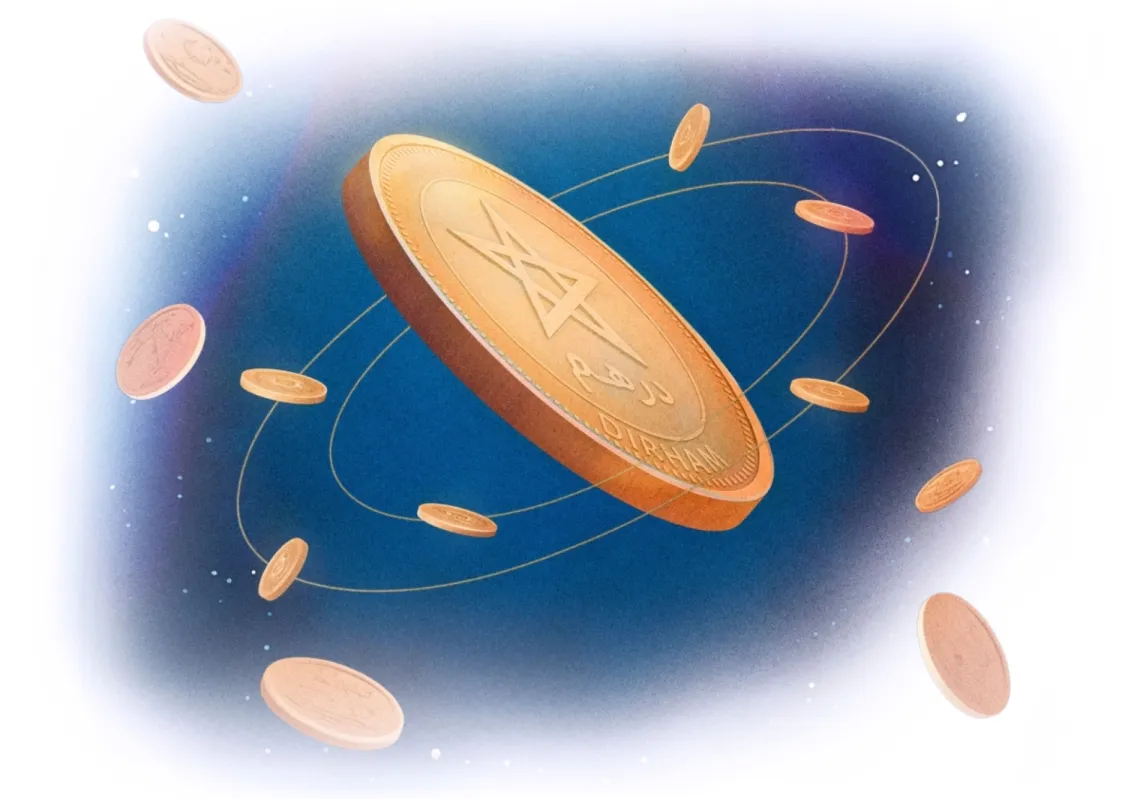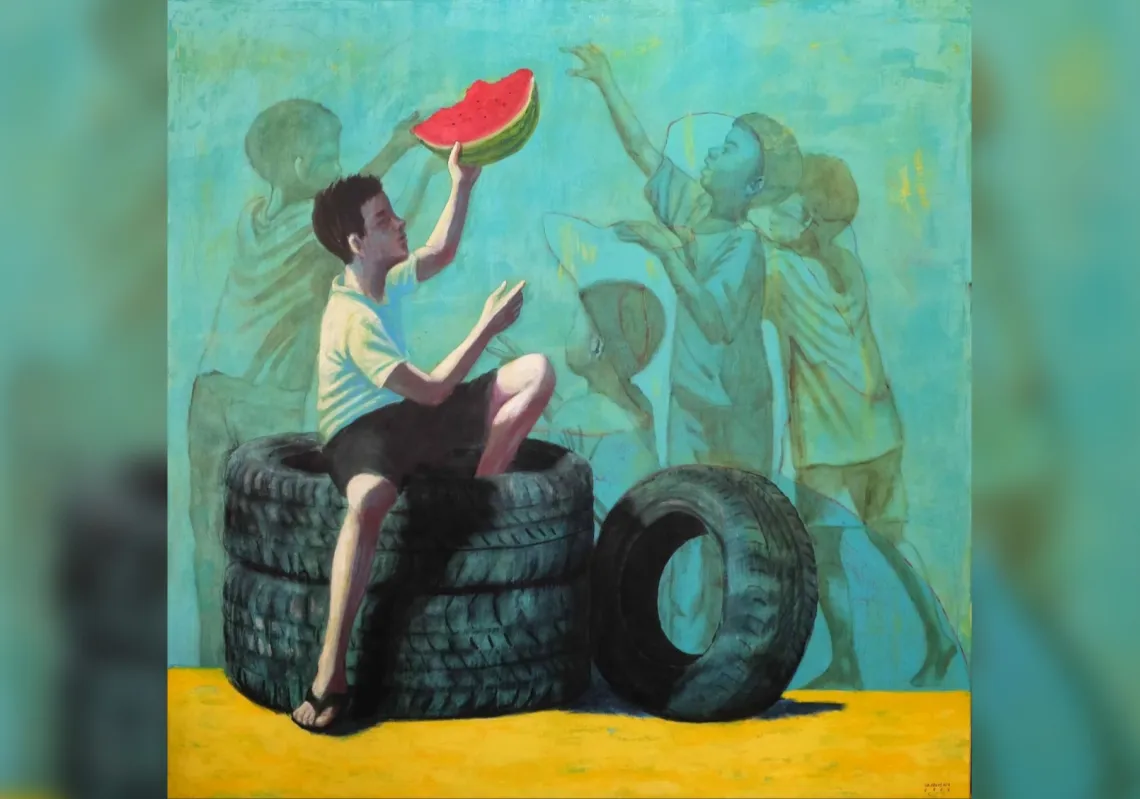
Early Life
Jehan Safwat Raouf was born in Cairo, Egypt on August 29, 1933. Hailing from a upper middle class background, her father Safwat Raouf, was an Egyptian surgeon while her mother, Gladys Cotterill, was an English woman who worked as a music teacher. Given Jehan’s familial background, she most likely would have married someone within her own social class, perhaps a young talented surgeon who crossed paths with her father through his line of work. However, even from a young age Jehan was a unique individual who did not always follow paths that society and conventions expected of her.
Meeting the Love of Her Life
At the young age of 15, Jehan started hearing of a local revolutionary called Anwar Al Sadat who was part of several movements resisting British occupation of Egypt. Anwar’s background was vastly different from that of Jehan’s, he originally hailed from an upper Egyptian governorate of Menoufiya, came from a poor family and was one of 13 siblings. He joined the military academy as a means of social mobility. He would eventually get involved with several revolutionary movements, including Young Egypt, which was a controversial group due to its fascist elements and acts of violence. Jehan and Anwar would eventually meet after he served a lengthy prison sentence due to his political activities, and they would fall in love despite the 15-year age gap. Jehan’s parents weren’t thrilled with the fact that she fell in love with a poor revolutionary who at the time was jobless. Furthermore, the fact that he was divorced and had children from his first marriage didn’t make his prospects better with Mr and Mrs Raouf. In spite of her parents’ objections, love would win the day and they were married in 1949, almost one year after they had first met. Although Jehan’s parents weren’t happy with Anwar’s CV at the time, he, along with a group of revolutionary compatriots, would capitalize on a once in a life time job opportunity three years later and all they needed to do was make sure that a certain man of Ottoman origin lost his executive job.
The Nasser Years
Shortly after the 1952, Jehan found herself to be married to one of the most influential men in Egypt as he along with a group of revolutionary officers called the Freedom Officers led the July 23 Revolution which removed King Farouk from power and established the Republic of Egypt which has lasted to this day. Gamal Abdel Nasser, the de facto leader of the group, would eventually become the new president of Egypt while his close confidante Anwar became his vice president. Both men remained loyal friends and partners until Nasser’s sudden death in 1970, which meant that Anwar would now become his successor and the third President of Egypt. Subsequently, Jehan would the new First Lady of Egypt.
Her Role As First Lady
During the Sadat’s first years as president, he was solely focused on retrieving the Sinai Peninsula, which had been occupied by Israel during the 1967 war. From day one, she was supportive of her husband’s ambitions and understood the importance of retrieving this lost land. Jehan stood by her husband’s side both during the 1973 October 6 War, and during his diplomatic efforts to establish peace with Israel in exchange for Sinai. The previous two first ladies were not in the public light and usually steered clear from their husbands’ presidential work. However, Jehan never followed set paths expected of her and she wasn’t going to change that aspect of personality now.
She wanted to give women better opportunities for themselves, and would set up a cooperative in an Egyptian village called Talla where women could learn to make and sell crafts thereby earning economic independence from their husbands. In 1979, she persuaded her husband to enact several laws, which would help women retain custody of children after divorce and allow women to divorce their husbands on grounds of polygamy. Under her influence, another law was passed which set aside 30 seats in parliament exclusively for female MPs. These laws would become known as Jehan’s laws and they would become one of Anwar Sadat’s lasting legacies as president. Despite the fact that she didn’t attend university during her youth, she decided to enrol as an undergraduate in Cairo University’s literature programme while she was in her early 40s in order to become a leading example for girls and women wishing to pursue higher education. She obtained her degree in 1978 and straight afterwards did a masters degree, which she finished in 1980.
Life After October 6, 1981
On October 6, 1981, Anwar and Jehan attended an annual military parade commemorating the October 6 War. During the parade, a group of armed men stormed out of a tank and shot Anwar killing him instantly. His vice president and eventual successor Hosni Mubarak, managed to escape the attack with minimal harm despite only being a few centimetres away from Sadat. Jehan meanwhile was sitting behind a bulletproof glass wall and was safe from the assassin’s’ shots, however that safety barrier meant that there was nothing she could do to save her husband from getting shot. The date October 6, would become a day of mixed feelings for Jehan, while she remembers this day as one of Egyptian victory, she also remembers it as a day of tragedy and grief when her husband lost his life to a group of Islamist terrorists. After a year of isolation and grieving, Jehan would pursue her doctorate studies at Cairo University. She would later teach at several universities in the US including the University of South Carolina, Radford University and the University of Maryland. She would also write her own autobiography called A Woman of Egypt in which she recounted her early life in Cairo, her first meeting with Anwar and her time as First Lady of Egypt. To this day, she still appears occasionally on Egyptian talk shows where she speaks about her own ideals, her and her husband’s legacy and the potential she sees in every young Egyptian girl and woman.








